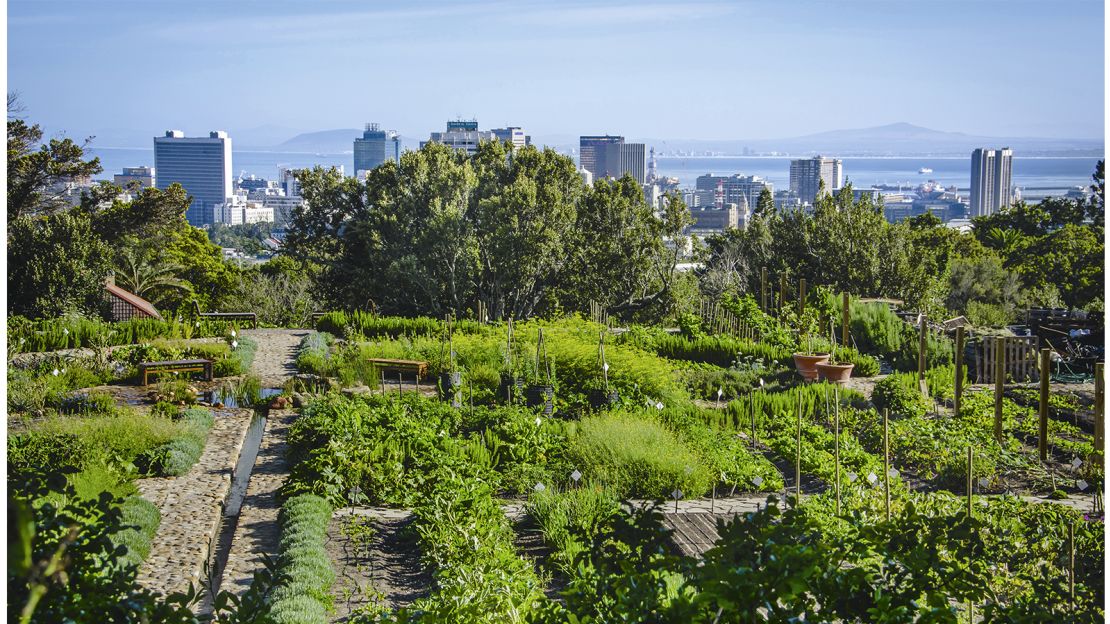The Best Strategy To Use For City Blooming
The Best Strategy To Use For City Blooming
Blog Article
City Blooming Fundamentals Explained
Table of ContentsNot known Incorrect Statements About City Blooming Little Known Facts About City Blooming.How City Blooming can Save You Time, Stress, and Money.The Ultimate Guide To City BloomingSome Known Facts About City Blooming.
Intrigued in growing food available in the City of Chicago? Considering beginning a community garden? Changes to the Chicago Zoning Ordinance allow farming uses like area gardens and city farms in lots of parts of the city. Below is a list of regularly asked concerns regarding the policies and guidelines that growers need to take into consideration when intending a metropolitan farming project.
The zoning modification does not change any type of various other codes dealing with composting, building authorizations, purchasing or renting City owned property, organization licenses or environmental contamination. There are existing codes that control these concerns and they remain in full result and may be appropriate to your project. Community yards are usually possessed or taken care of by public entities, civic organizations or community-based companies and maintained by volunteers.
Urban farms expand food that is intended to be sold, either on a nonprofit or for-profit basis. Due to their commercial purpose, urban farms need a service permit.
An Unbiased View of City Blooming
Composting is allowed however only for plant material that is generated and utilized on site. The amount of compost material can not go beyond 25 cubic lawns at any type of given time according to the standards in 7-28-715 of the City's Municipal Code. Yes. Due to the fact that the soil at most new yard websites needs modifying, garden compost, soil, wood chips, or other products can be gotten to create or improve the growing space - fruit and vegtables.

If a structure permit is needed then the hoophouse will certainly be thought about an accessory structure. You can discover out more about the building license requirements by contacting the Division of Structures. The 25,000-square-foot dimension limit is planned to stop a solitary community yard from dominating a given block or detracting from the block's existing property or industrial character.
The limit does not put on gardens found in Public Open Room (POS) districts. Can there be greater than one neighborhood yard that is 25,000 square feet on a solitary block? Yes. The size limit relates to individual gardens, not to individual blocks. No. Secure fencing is not needed, nonetheless, yards that have large car park locations might be needed to mount fencing or various other landscape design attributes.
City Blooming - Questions
B1 & B2 areas call for that all commercial use activities be conducted indoors. Is fencing needed for city ranches? Fencings might be called for, along anonymous with landscaping and testing, for specific car park areas and exterior work or storage areas depending on location and the certain activity taking place.
Yes. Urban ranches need building permits and zoning authorizations before building and construction. Various other forms of city review may be required depending upon particular structures, tasks, size, landscaping, licensing, public health and stormwater management issues. Most of these requirements are identified in the task design or allowing procedure, nevertheless, the applicant may be responsible to independently identify certain licenses or allows that might be called for.
The Division of Company Matters and Consumer Security can assist establish the certain type of business permit that's required. Off road vehicle parking is needed for the majority of industrial jobs in Chicago. The called for number of car park areas is based on the number of employees functioning on website and not the square video of the expanding area.
The smart Trick of City Blooming That Nobody is Talking About

An urban ranch can market garden compost product produced on website, nevertheless, the procedure must comply with the guidelines in 7-28-715 of the Chicago Municipal Code. Aquaponic systems are enabled indoors on urban ranches in several zoning districts.
As much as 5 hives or nests of honey bees might be maintained as an accessory usage. Beekeepers have to sign up with the Illinois Division of Farming. To learn more concerning the recommended zoning modification you might call the Division of Real Estate and Economic Growth, Bureau of Preparation and Zoning at 312.744.8563.
, which takes place in country locations at the edge of suburbs.
Not known Factual Statements About City Blooming
It can entail a motion of organic farmers, "foodies" and "locavores", who look for to create social media networks started on a shared ethos of nature and community holism. These networks can create by means of official institutional assistance, ending up being incorporated into local town as a "change community" movement for sustainable metropolitan growth.
Some of the first proof of city farming comes from Mesopotamia.
Report this page